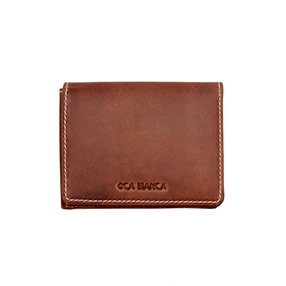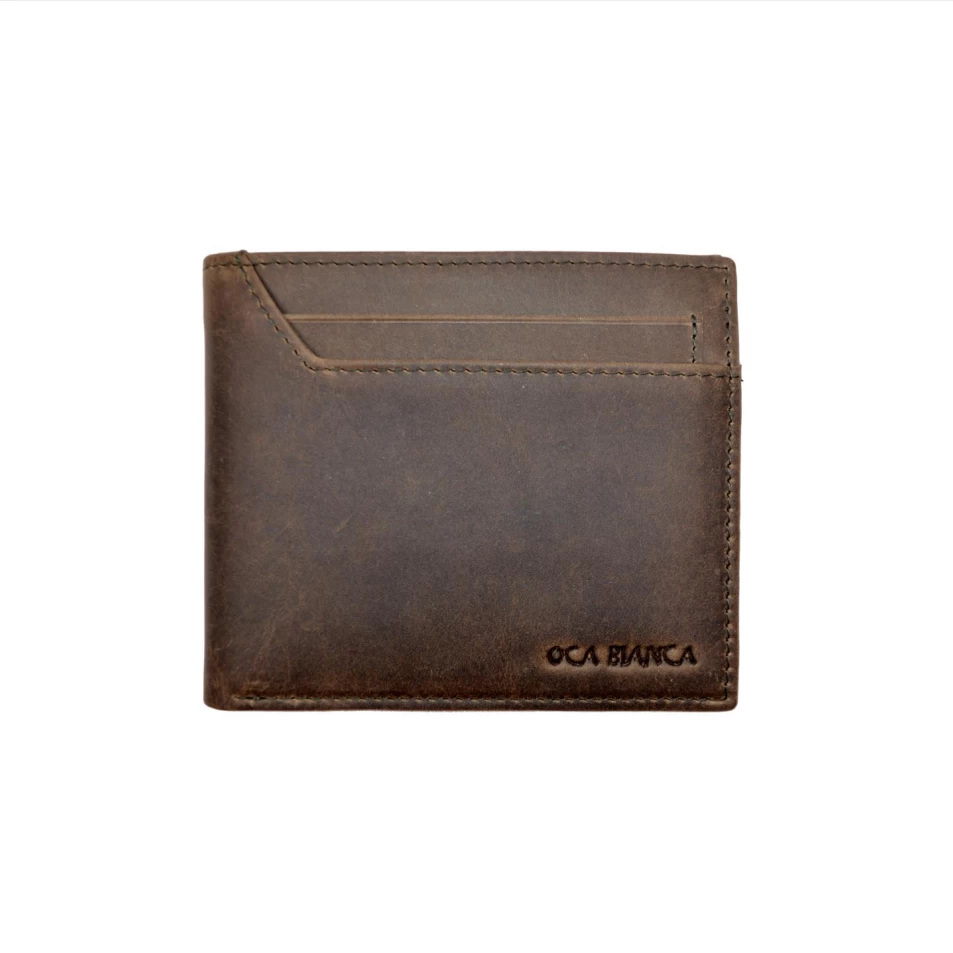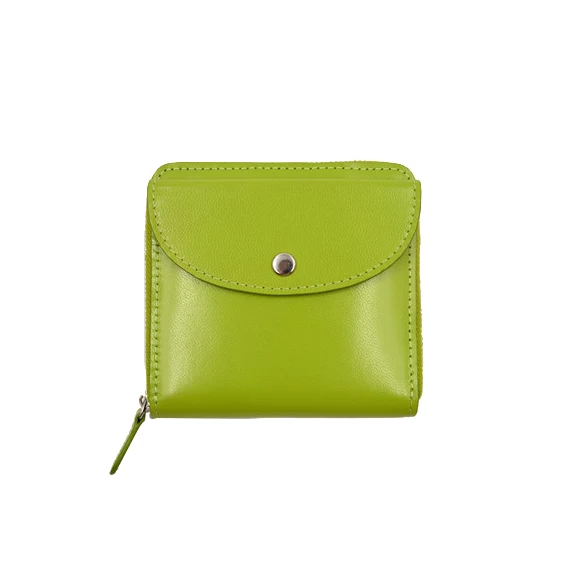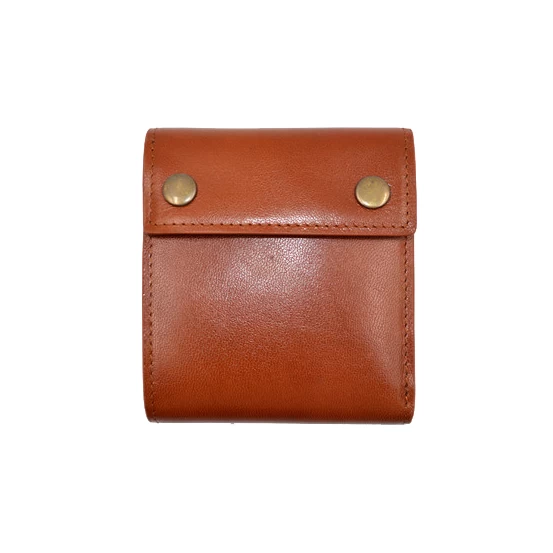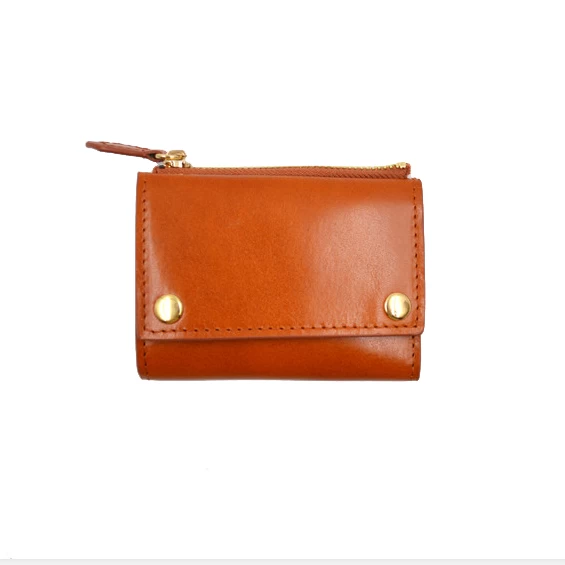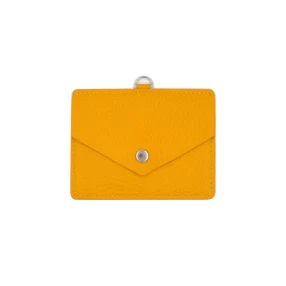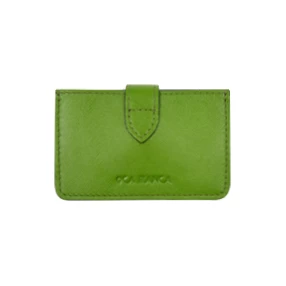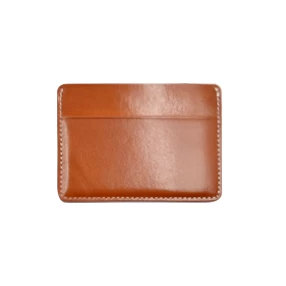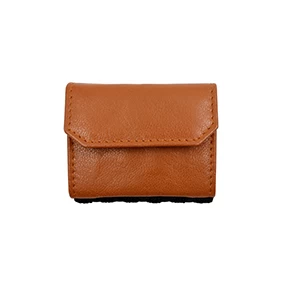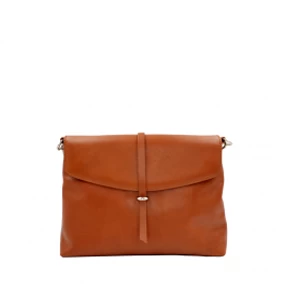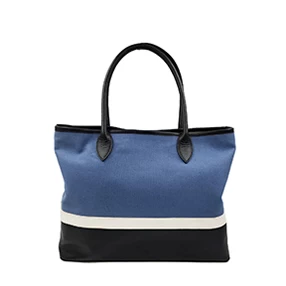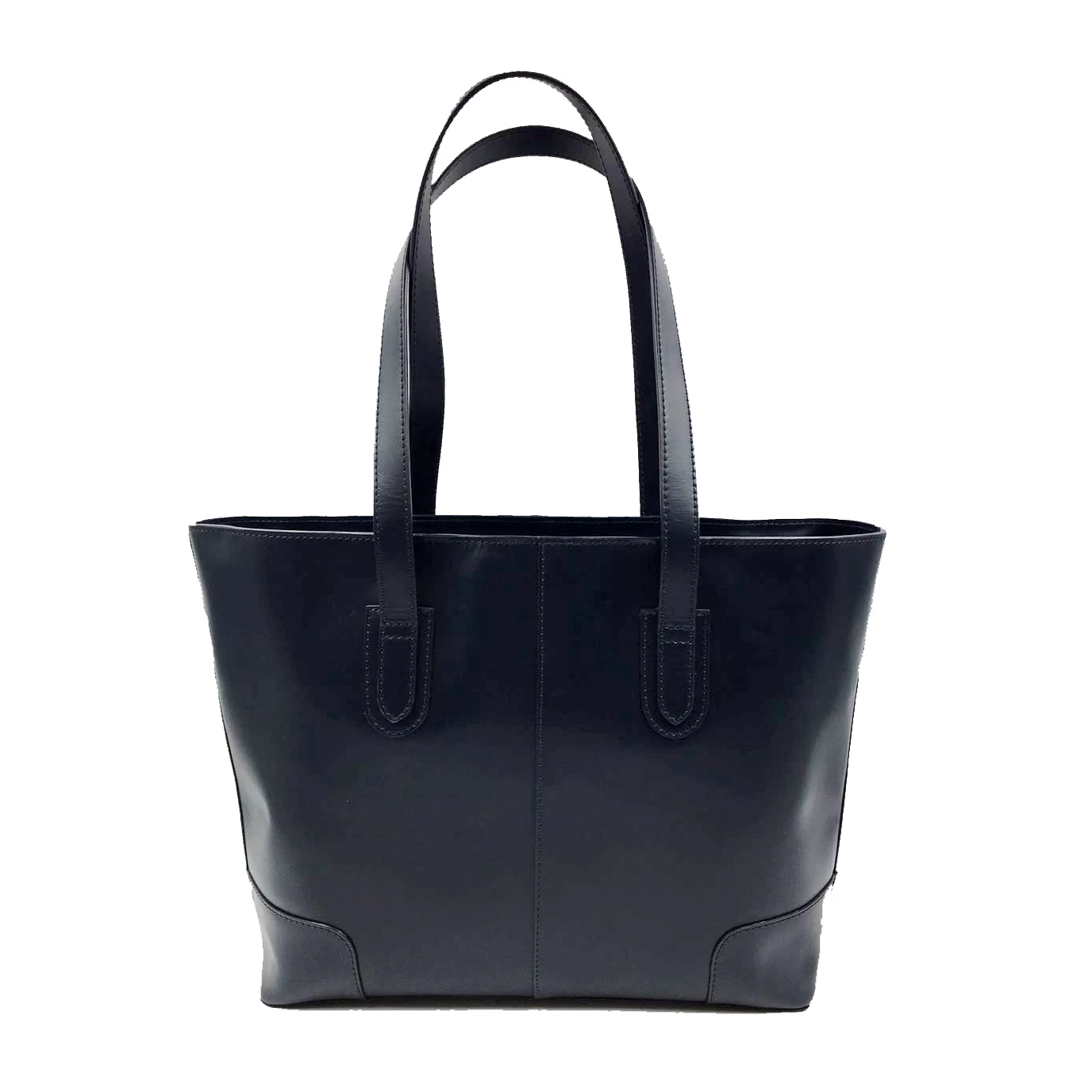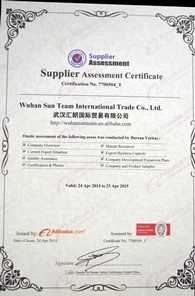Preserving of Hides and Skins Chapter 2: Salting
Cara
www.walletwmazon.com
2017-06-26 10:34:23
Salting is a safer method of conservation than drying, but it is costlier because you need to buy salt which in a landlocked country without salt mines doesn’t come cheap. The European Union requires 2% of sodium carbonate to be mixed in the salt. Other additives like naphthalene with boric acid and sodium fluoride are used, but each have their draw-backs.
Freshly flayed hides should be salted within a couple of hours from flaying. The hides should be as clean as possible, but it is not necessary to wash them. The salting room should be ventilated, but not excessively so as drying should be avoided. If possible the floor of a salting room should be made on purpose. The areas where a stack of hides is salted should be slightly bulging in order to allow water that evacuates the hide to drain. This avoids the hide that touches the floor from lying in the salt water. Alternatively hides should be laid on pallets for salting. A fist rule says that about a third of a hides’ weight should be the quantity of salt used. The forming of water poodles on a hide is to be avoided.
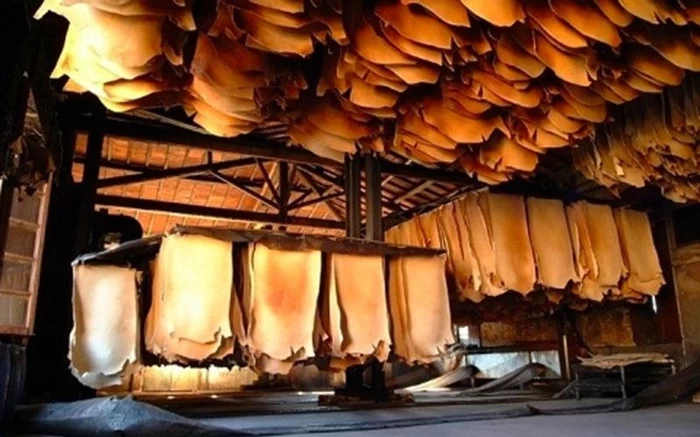
Freshly flayed hides should be salted within a couple of hours from flaying. The hides should be as clean as possible, but it is not necessary to wash them. The salting room should be ventilated, but not excessively so as drying should be avoided. If possible the floor of a salting room should be made on purpose. The areas where a stack of hides is salted should be slightly bulging in order to allow water that evacuates the hide to drain. This avoids the hide that touches the floor from lying in the salt water. Alternatively hides should be laid on pallets for salting. A fist rule says that about a third of a hides’ weight should be the quantity of salt used. The forming of water poodles on a hide is to be avoided.

Salting is done on a well spread hide carefully avoiding folds to form. Hair down, flesh up. Once a hide is well spread it should be covered with a layer of salt. No parts may be uncovered. Salt should be rubbed in eventual folds of the legs. The next hide should be spread flat on top of the previous hide, hair down, flesh up. The flesh should be carefully covered with a layer of salt, etc. The stacks that are thus formed should not be too high., half the length of a normal person. Stacks must be turned after a couple of days. The lower hides must come on top and the top hides should go below. This is important to avoid hides from “heating” in the center of the pack. One should not forget that the bacteriological process is continuously at work and hides in the middle of the stack would tend to heat due to the bacterial action and cause heavy putrefaction defects if their position is not changed.
In the first 20 days after slaughter and salting, the hide will lose some 20/22% of their weight. This is a sign that hides are properly curing. Salt is partly diluted by the hides’ own water content which is drawn out by the hygroscopic characteristics of salt and the thus formed salt solution penetrates the fibers resulting in proper conservation. A wet salted hide when it is properly cured will contain less than 50% humidity and the salt saturation level of these 50% should be around 85%. In countries with high labor costs salting is done in drums, which needs to be kept under strict control as the temperature of the hides must be kept below 25oC to avoid. Drumming hides generates heat due to friction.
In the first 20 days after slaughter and salting, the hide will lose some 20/22% of their weight. This is a sign that hides are properly curing. Salt is partly diluted by the hides’ own water content which is drawn out by the hygroscopic characteristics of salt and the thus formed salt solution penetrates the fibers resulting in proper conservation. A wet salted hide when it is properly cured will contain less than 50% humidity and the salt saturation level of these 50% should be around 85%. In countries with high labor costs salting is done in drums, which needs to be kept under strict control as the temperature of the hides must be kept below 25oC to avoid. Drumming hides generates heat due to friction.







